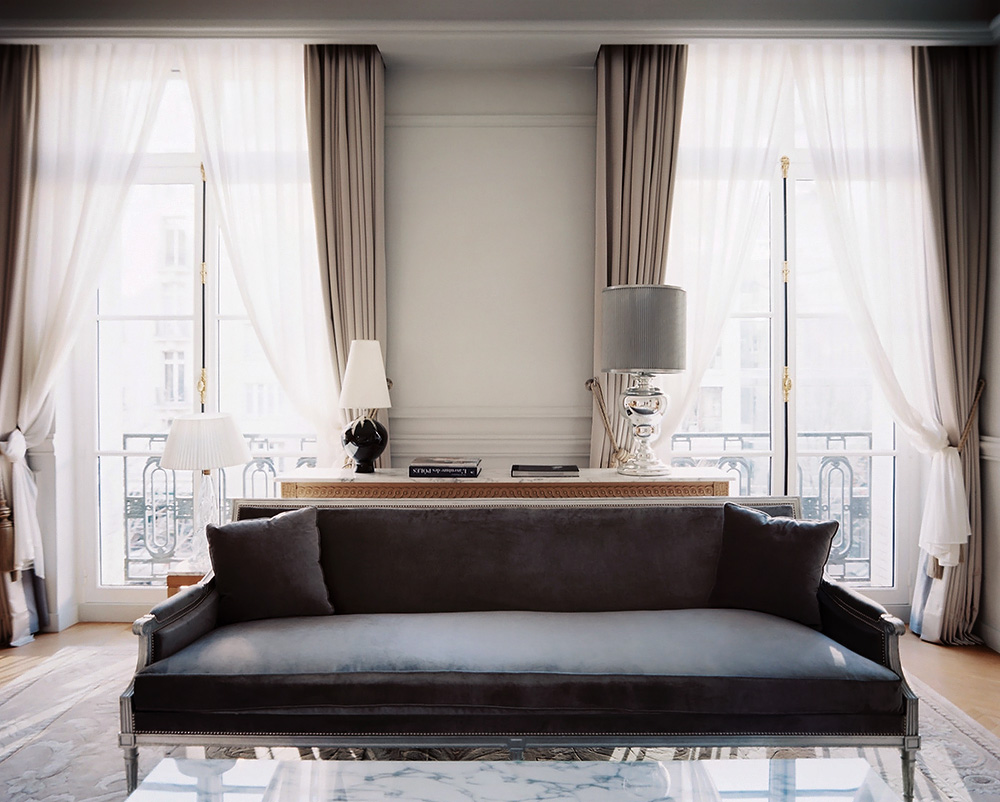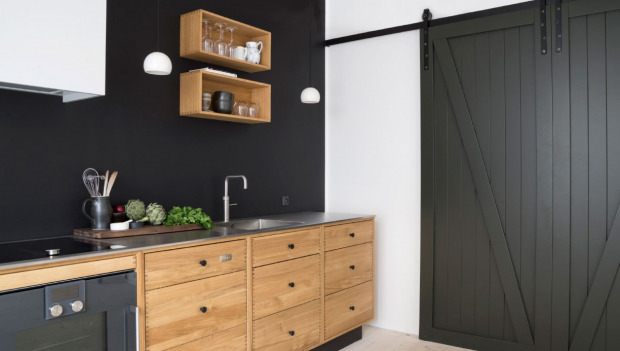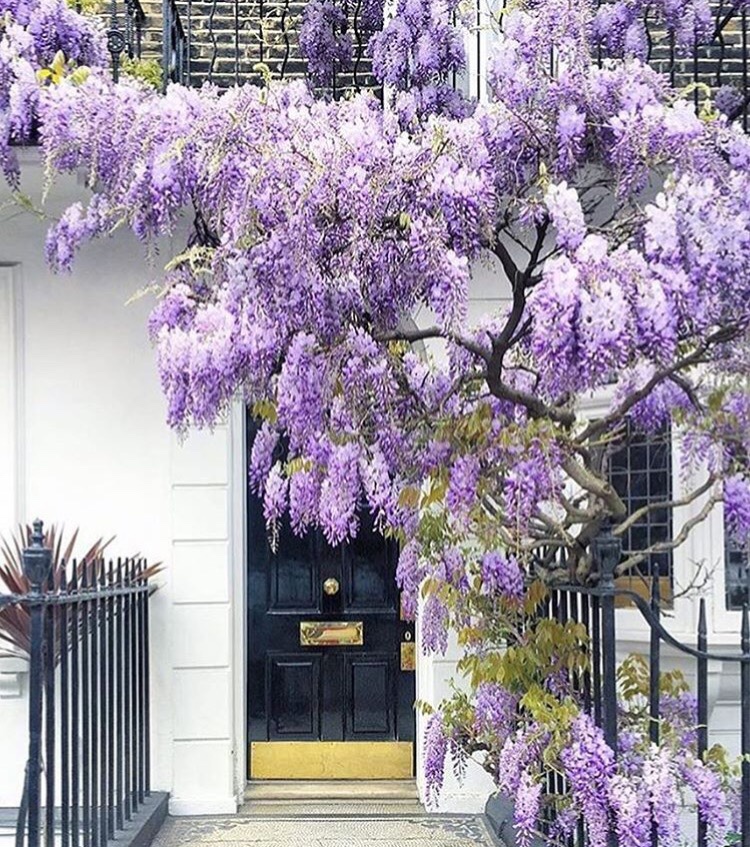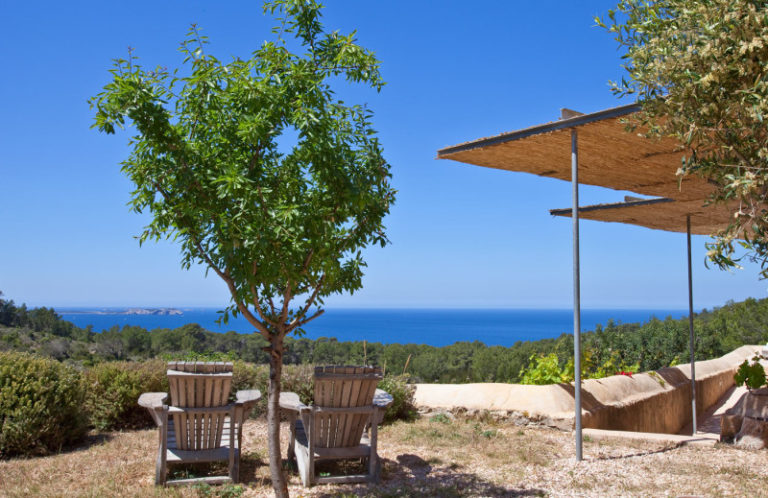Style at a Glance: Palladian
Palladian style is the early form of classicism emerged in Europe in the XVII-XVIII century and derived from designs of Italian architect Andrea Palladio. It was greatly influenced by Ancient Greek and Roman architecture. General characteristics of this style are strict symmetry, sleek decor and moderate use of ornaments. However, as any historical style it has some distinctive features. Lets have a look at them in detail:

1. Palladian window. It was used in Palladio’s works very often especially early in his career. Some historians claim that this type of window was invented before Palladio, but he was the one to make it really popular. Palladian window consists of three lights: one in the middle, the biggest one, has the semicircular arch over and two side lights which are separated by pilasters (sometimes little columns are used instead of them). Palladian windows were very often used in Venice that is why they are sometimes called “Venetian windows”.
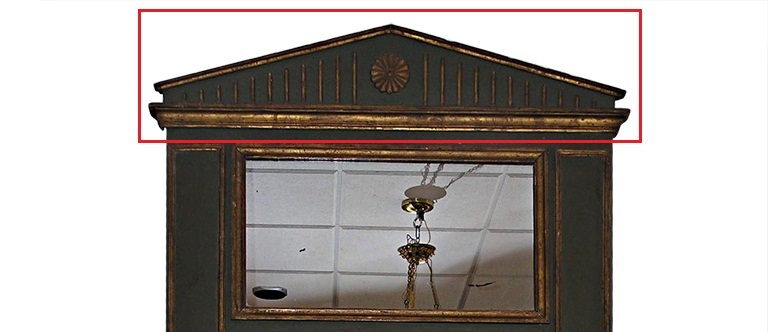
2) Pediment. This feature consists of triangular section over the horizontal structure. It was inherited from classical temple architecture of Ancient Greeks and Romans and was used widely in Palladian buildings as well as in furniture objects. Sometimes it was used in its traditional look, sometimes in its “segmental” variant where the solid geometrical triangle is replaced by two curves resembling swan necks.
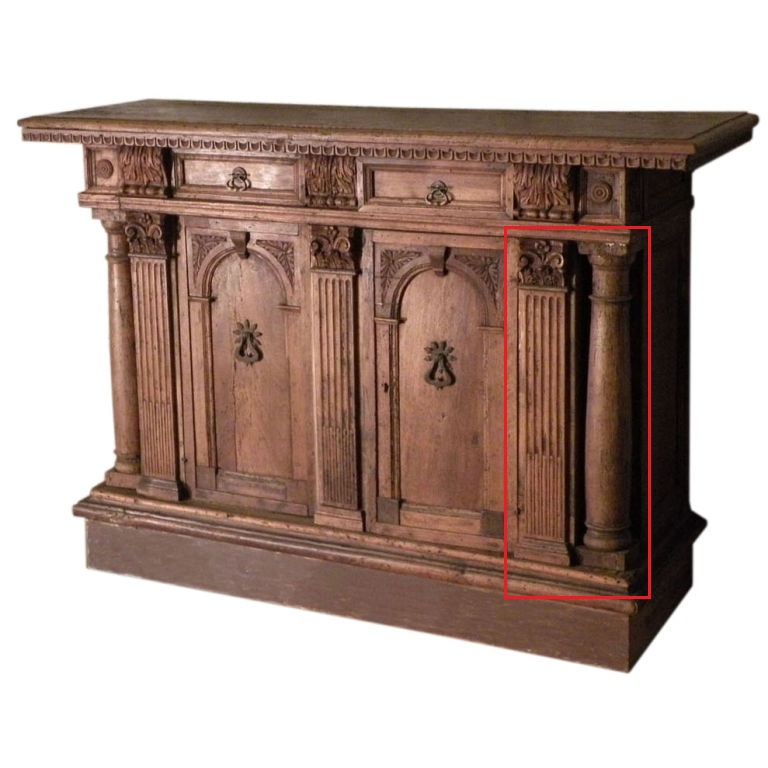
3. Columns and pilasters. These elements of classical architecture were incorporated and widely used in furniture decoration. They moved from Palladian to Classical and Neo-Classical Style. Very often columns were used as chair and table legs and as a part of decoration of chimney pieces and cupboards.

4. Acanthus leaves and Scallop shells. These are the most popular decorative ornaments used in Palladian Style. They were both inherited from Ancient Greek Architecture. Very often acanthus leaves were carved on architectural friezes, cornices, furniture and decorative objects.
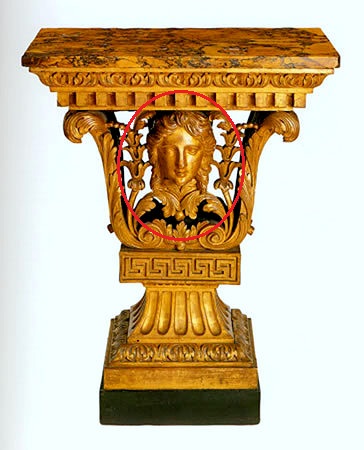
6. Terms and masks. Again these elements come from ancient world of Greeks and Romans. Term is a human head or bust forming a part of a column or a pillar. It represents Roman god Terminus. Mask is a human face used as a decorative motif.
These were the main elements of Palladian Style furniture. Can you name more?
Want to learn more about various interior styles? Check my “HISTORY OF STYLES” book:
[ebook_store ebook_id=”15760″]

